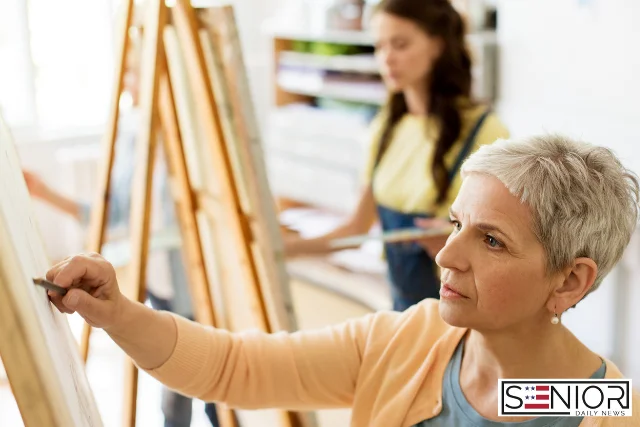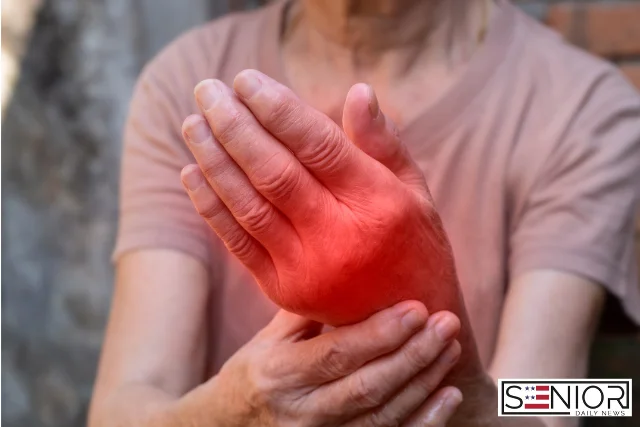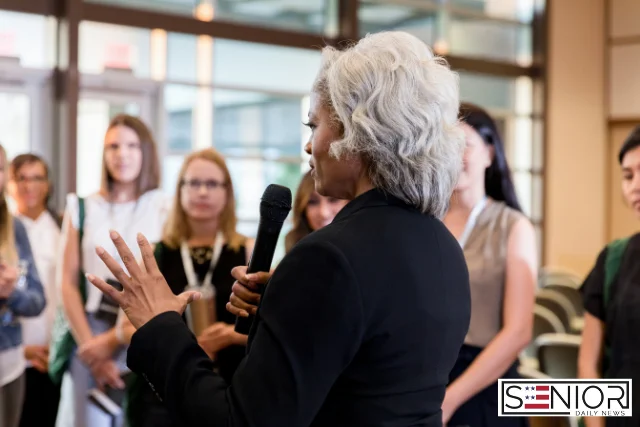Rediscovering Childhood Hobbies: Bringing Back the Joy

Remember the thrill of finger painting, the joy of collecting rocks, or the quiet satisfaction of building model airplanes? Childhood hobbies weren’t just pastimes—they were expressions of creativity, curiosity, and joy. As adults, many of us leave those hobbies behind, caught in the whirlwind of responsibilities. But revisiting those beloved activities can spark happiness, reduce stress, and reignite passion.
Whether you’re entering retirement, looking to reconnect with yourself, or just need a mental refresh, rediscovering childhood hobbies offers surprising emotional and physical benefits. This article explores why hobbies from our youth still matter and how to welcome them back into our lives with open arms.
Why Childhood Hobbies Matter
1. A Gateway to Pure Joy
Children don’t pick hobbies for productivity—they pick what feels good. That’s the power of hobbies: they make us happy. Whether it was drawing, playing with LEGO, or collecting stamps, those moments of flow and fun provided natural stress relief. Revisiting them can rekindle a sense of light-hearted joy.
2. Boosts Mental Health
Scientific research increasingly supports the mental health benefits of hobbies. Activities like painting, crafting, or playing music can lower cortisol (the stress hormone), improve mood, and even enhance cognitive function. For seniors, in particular, hobbies can help stave off depression and reduce the risk of cognitive decline.
3. Reconnects You with Your Authentic Self
Your childhood self knew what brought you joy before the world told you otherwise. When you return to a childhood hobby, you’re reconnecting with that authentic part of you that loved to explore, create, and imagine freely.
Popular Childhood Hobbies Worth Revisiting
If you’re unsure where to start, here are a few timeless hobbies that are both enjoyable and manageable for adults and seniors:
Drawing or Coloring
Adult coloring books have gained popularity for good reason. They combine creativity with mindfulness and can be done at your own pace. It’s a simple yet powerful way to unwind.
Collecting
Whether it’s coins, vintage toys, stamps, or even seashells, collecting gives a sense of purpose and nostalgia. It’s also a great conversation starter and keeps you mentally active.
Building Models or Puzzles
From model trains to jigsaw puzzles, these hobbies challenge the brain and encourage concentration. They’re perfect for solo activity or bonding with grandkids.
Gardening
Many children love digging in the dirt, and adults rediscover the same joy through gardening. It’s relaxing, productive, and a beautiful way to connect with nature.
Crafting
Remember making friendship bracelets or paper crafts? Now you can take it up a notch with scrapbooking, knitting, or DIY projects that also make great gifts.
Music & Dance
Did you play an instrument or love to dance as a child? Revisiting music—whether by learning again or simply listening to your old favorites—can be deeply healing.
Writing or Journaling
If you once wrote stories or kept a diary, try journaling again. It’s a private space for reflection, memory preservation, or creativity.
How to Reignite Old Passions
1. Start Small and Be Kind to Yourself
You don’t have to be “good” at your old hobby right away. The joy is in the doing, not the perfection. Revisit that hobby as a beginner again. This time, the stakes are lower—and the rewards even richer.
2. Create a Dedicated Time and Space
Even a small corner with a table, some art supplies, or a puzzle mat can help signal that it’s your creative time. Try scheduling hobby time like you would a doctor’s appointment—it’s just as important for your well-being.
3. Join a Local or Online Group
There’s joy in sharing. Local libraries, senior centers, and even Facebook have groups for everything from watercolor painting to vintage toy collecting. These communities offer encouragement and keep you motivated.
4. Involve Family or Friends
Your grandchild might love learning the card games you used to play, or your friend might enjoy crafting together. Shared hobbies deepen relationships across generations.
5. Keep It Light and Fun
Avoid turning your hobby into a job or goal. Don’t worry about making money or reaching milestones—just enjoy the journey.
The Benefits of Hobbies for Seniors
As we age, hobbies do more than fill time—they actively support health.
- Cognitive Health: Activities like crosswords, puzzles, and learning new skills stimulate the brain and may reduce dementia risk.
- Physical Health: Hobbies such as gardening or dancing encourage movement, improving mobility and heart health.
- Social Connection: Shared hobbies provide socialization, reducing loneliness and isolation—a major concern for seniors.
- Emotional Resilience: Creative expression helps manage grief, anxiety, and life transitions more smoothly.
Making Time for Play: Why Adults Need It Too
Play isn’t just for kids. Adults benefit from playfulness—it increases creativity, reduces stress, and boosts overall happiness. Hobbies are a form of play that allow us to relax, recharge, and reconnect. In fact, the American Psychological Association recognizes hobbies as an effective form of stress relief.
If you’re newly retired, feeling uninspired, or just nostalgic, try asking yourself: “What did I love doing when I was ten years old?” Chances are, that hobby is still waiting for you—with open arms.
FAQs: Rediscovering Childhood Hobbies
Q1: I can’t remember what I liked as a child. How can I rediscover my old hobbies?
Start by reflecting on your childhood home, school days, or family vacations. What items did you collect? What did you rush home to do? Talking with siblings or old friends might also jog your memory.
Q2: Can childhood hobbies really help with senior mental health?
Yes! Studies show that engaging in hobbies boosts mood, reduces depression, and improves cognitive health in older adults. Hobbies create a sense of purpose and daily joy.
Q3: What if I was never “good” at my childhood hobby?
That’s perfectly okay. Childhood hobbies are about enjoyment, not mastery. There’s freedom in approaching them now without pressure—just fun.
Q4: Are there hobbies that are easy on joints or mobility-friendly?
Absolutely. Try options like watercolor painting, storytelling, journaling, or photography. You can also explore chair yoga or gentle gardening for light movement.
Q5: How do I make time for hobbies with a busy schedule?
Start with just 10–15 minutes a day. Treat it like a mental health appointment. Over time, it becomes a welcome routine rather than another task.
Image Designed Using Canva






